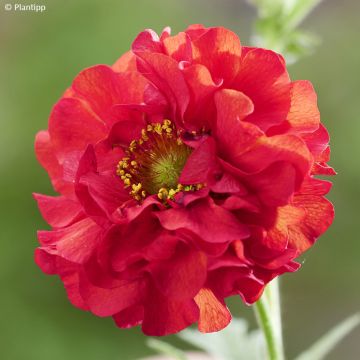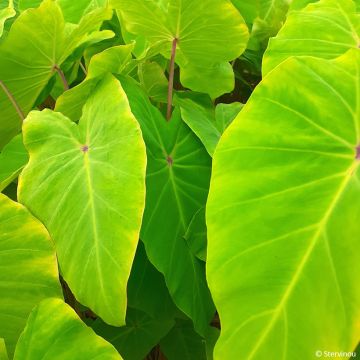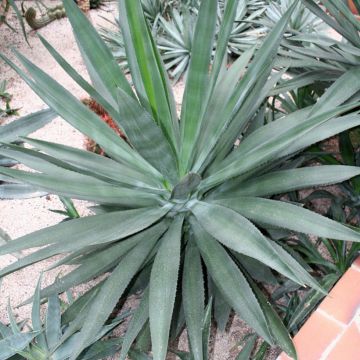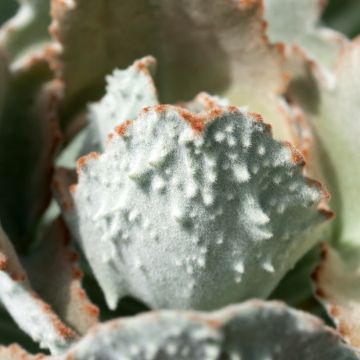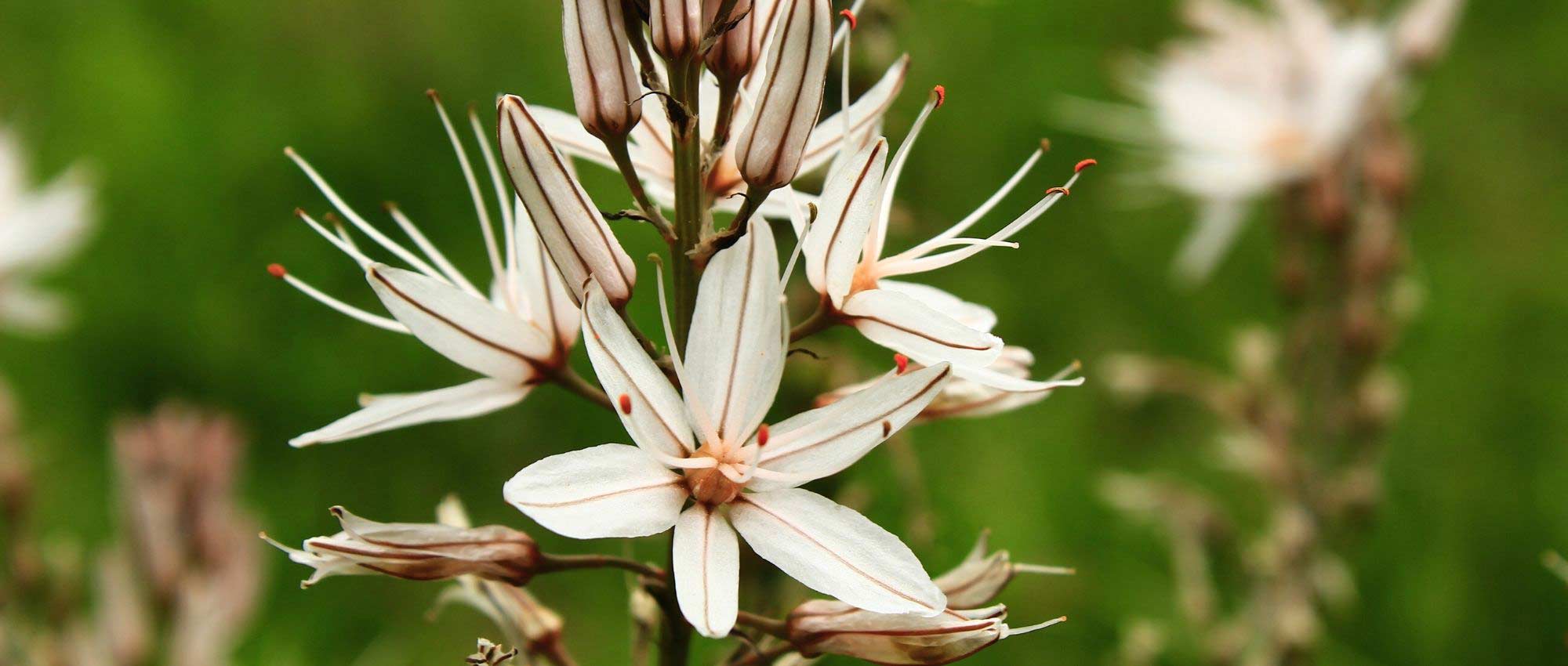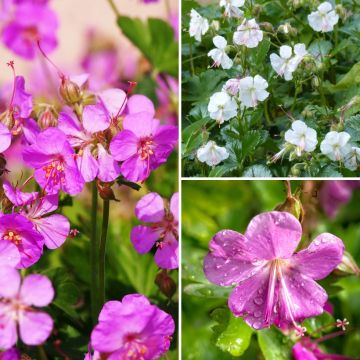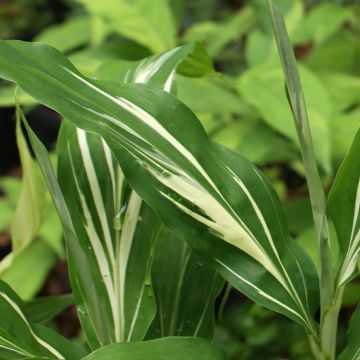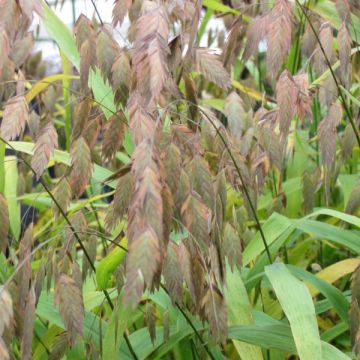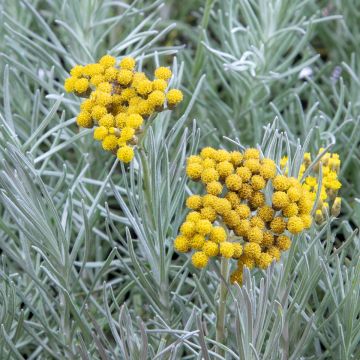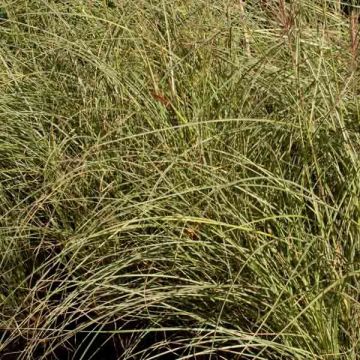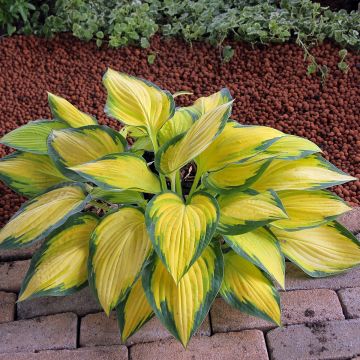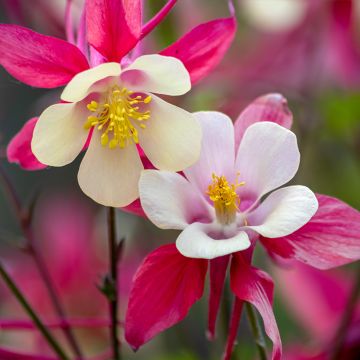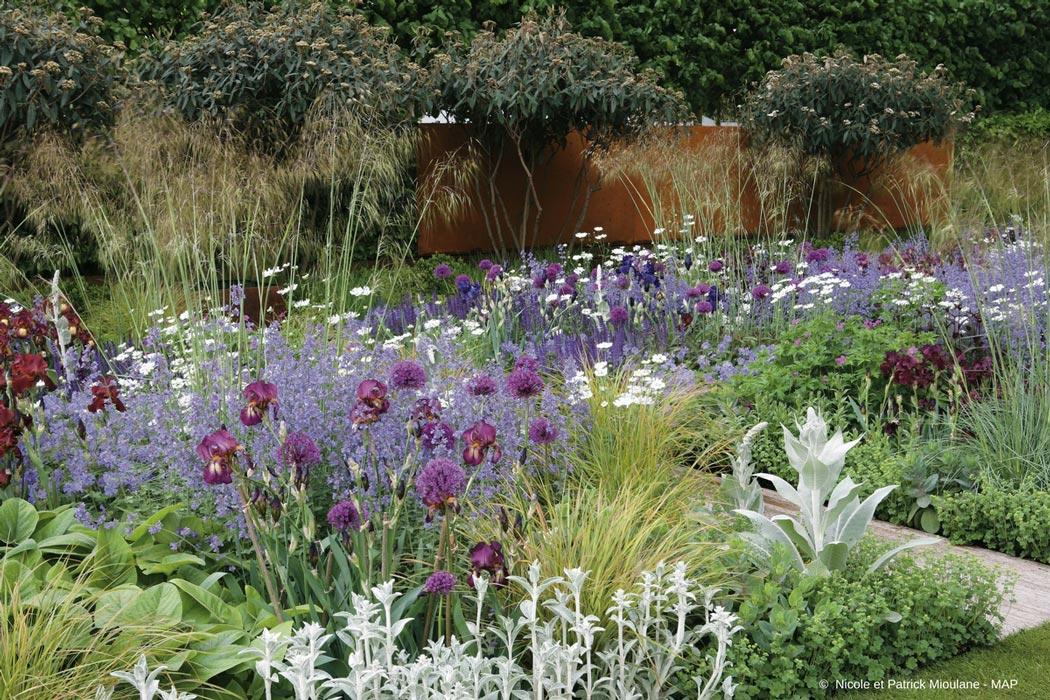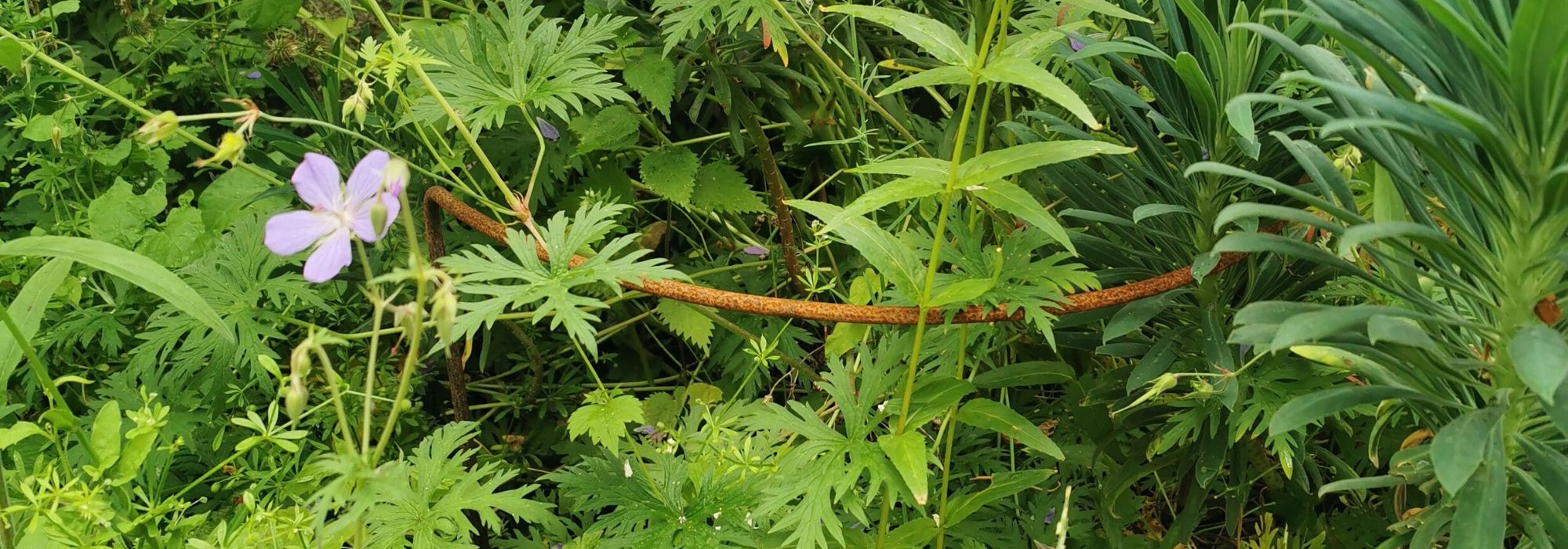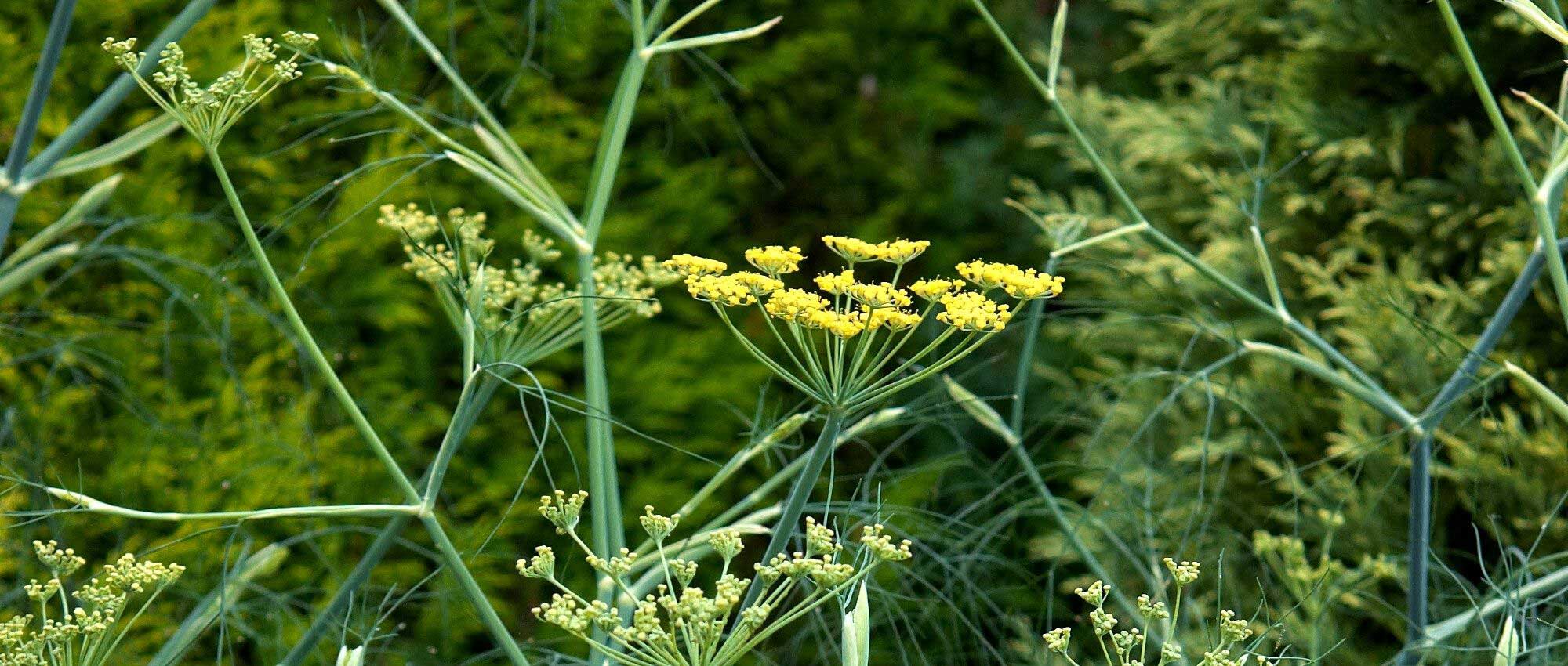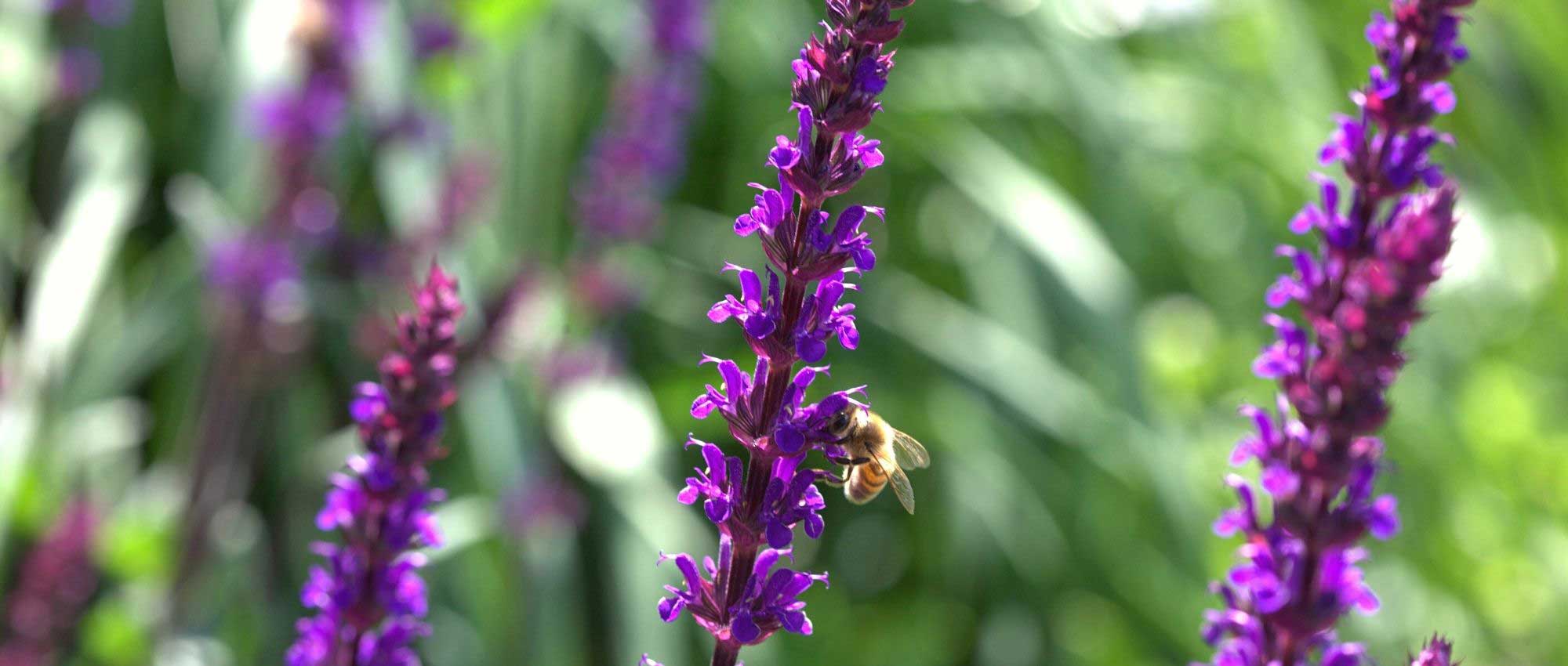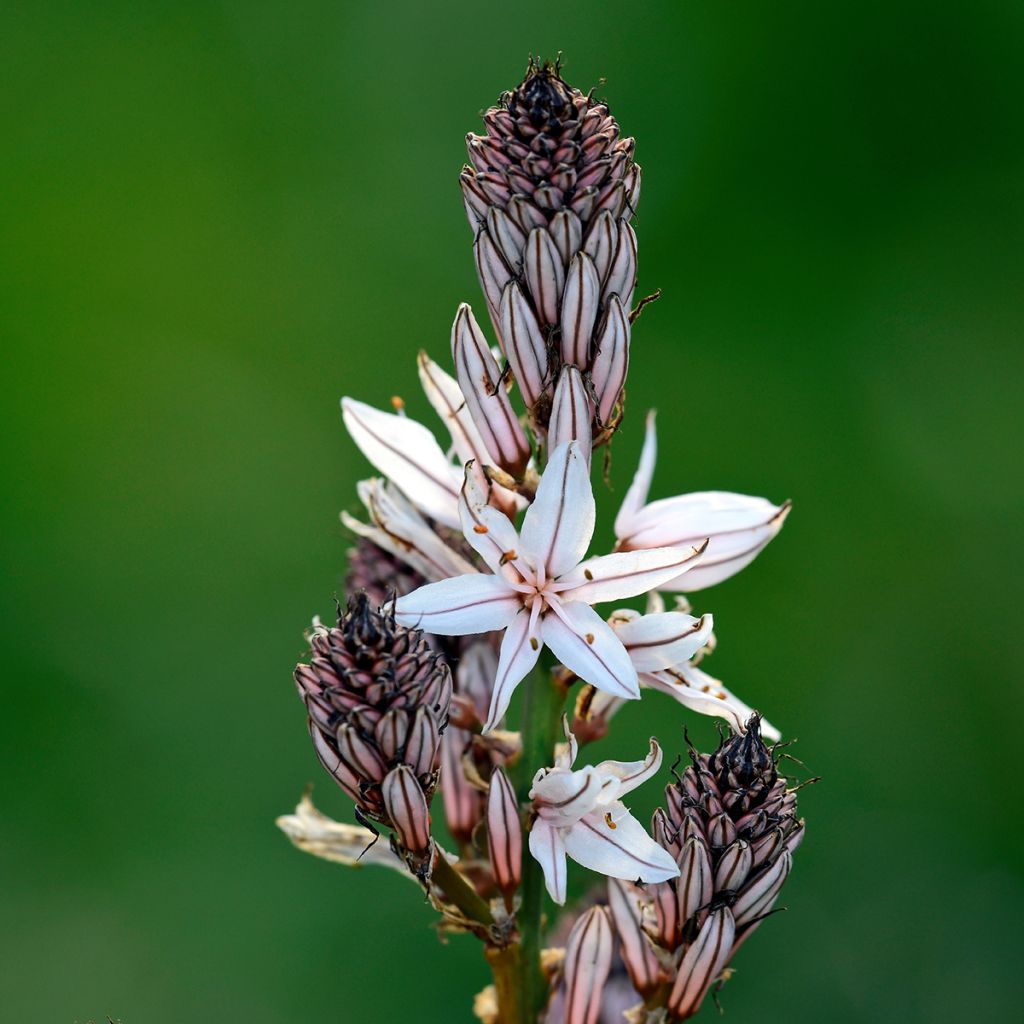

Asphodelus ramosus
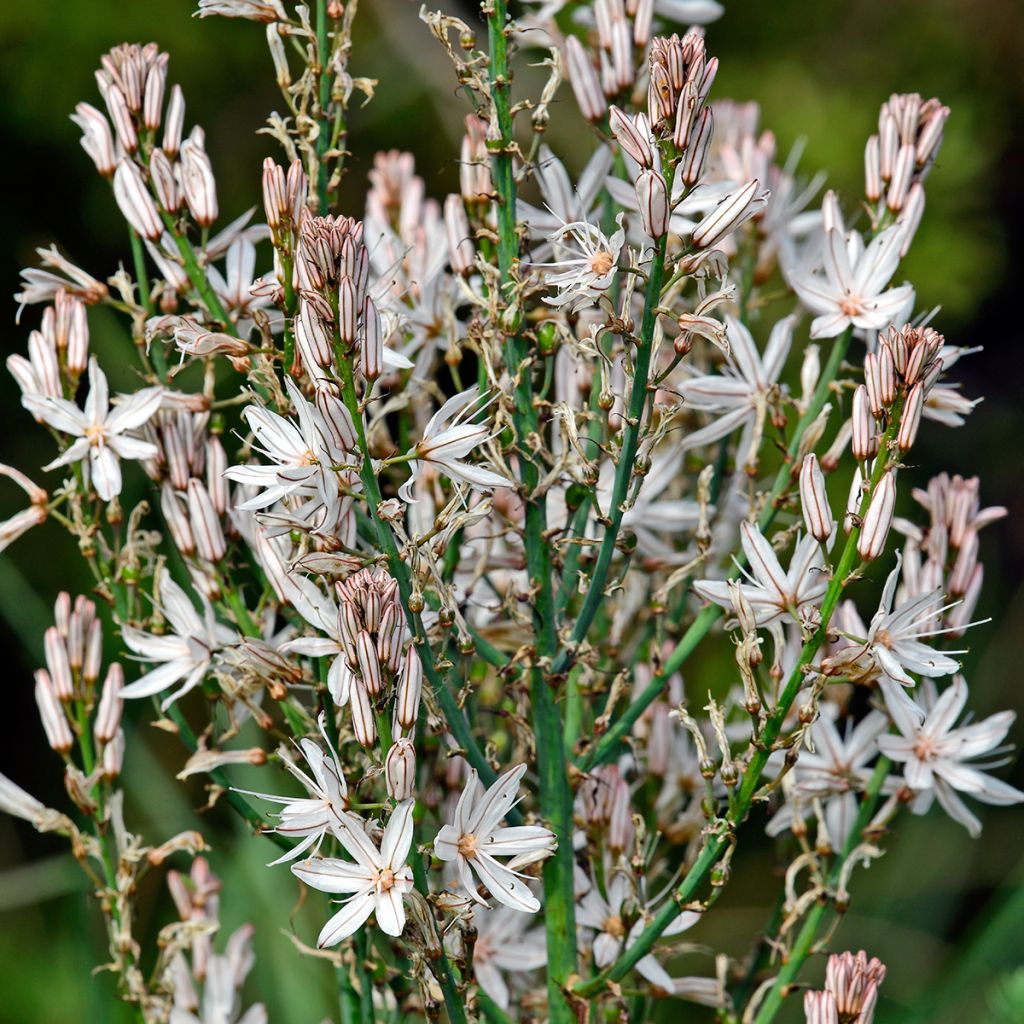

Asphodelus ramosus
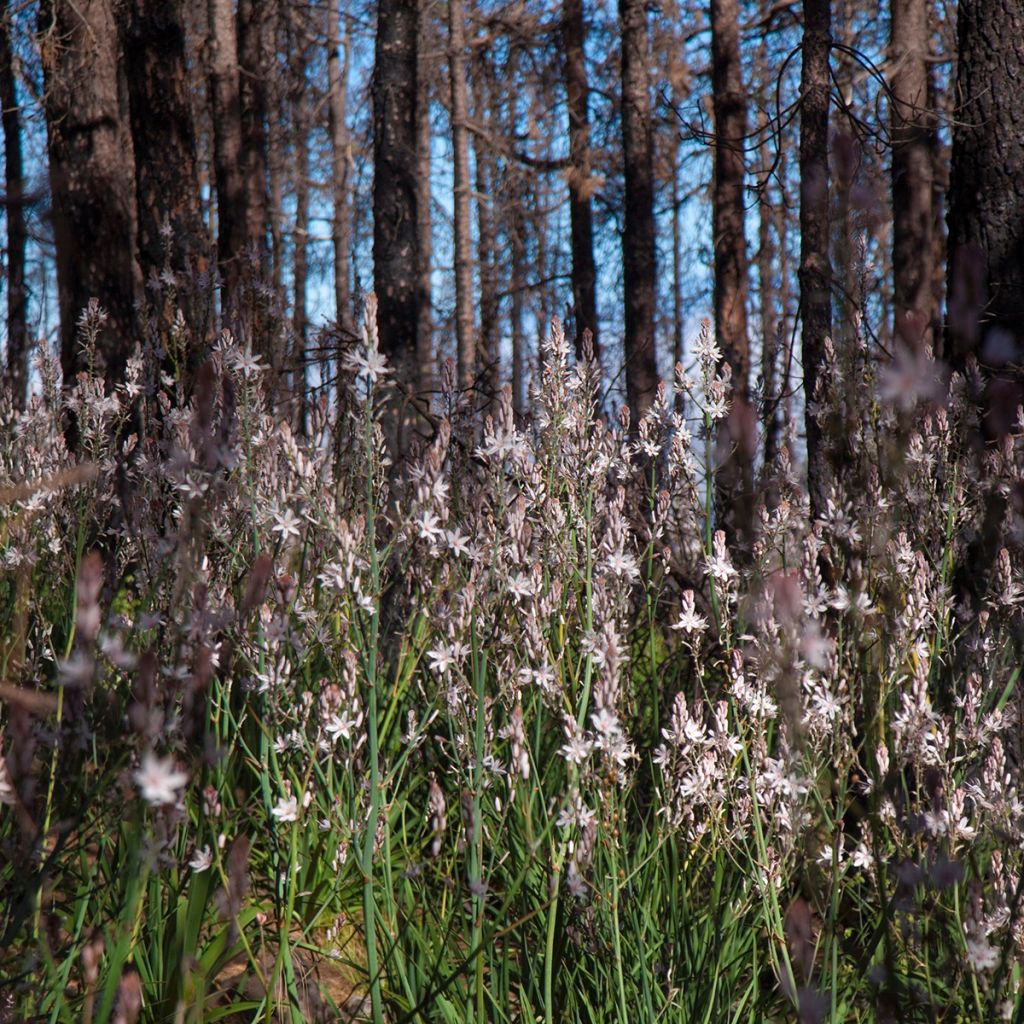

Asphodelus ramosus
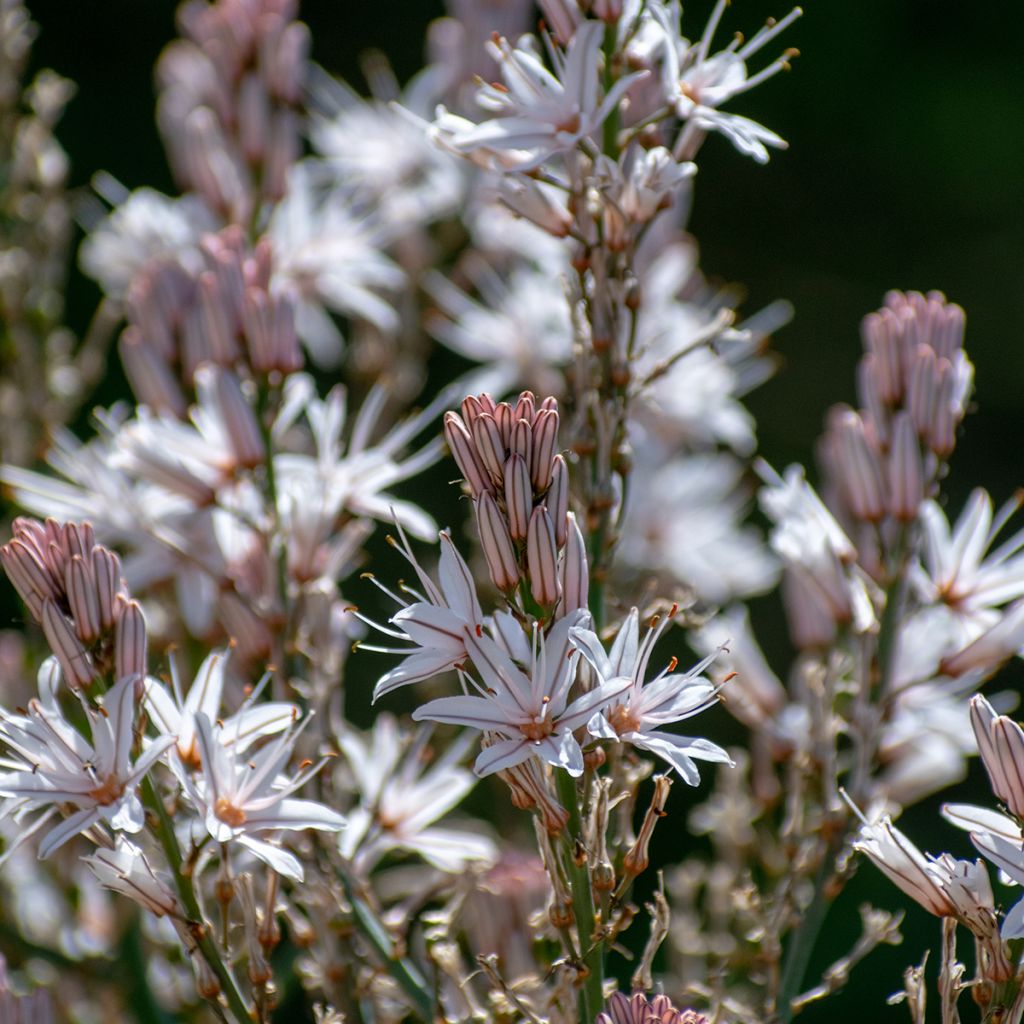

Asphodelus ramosus
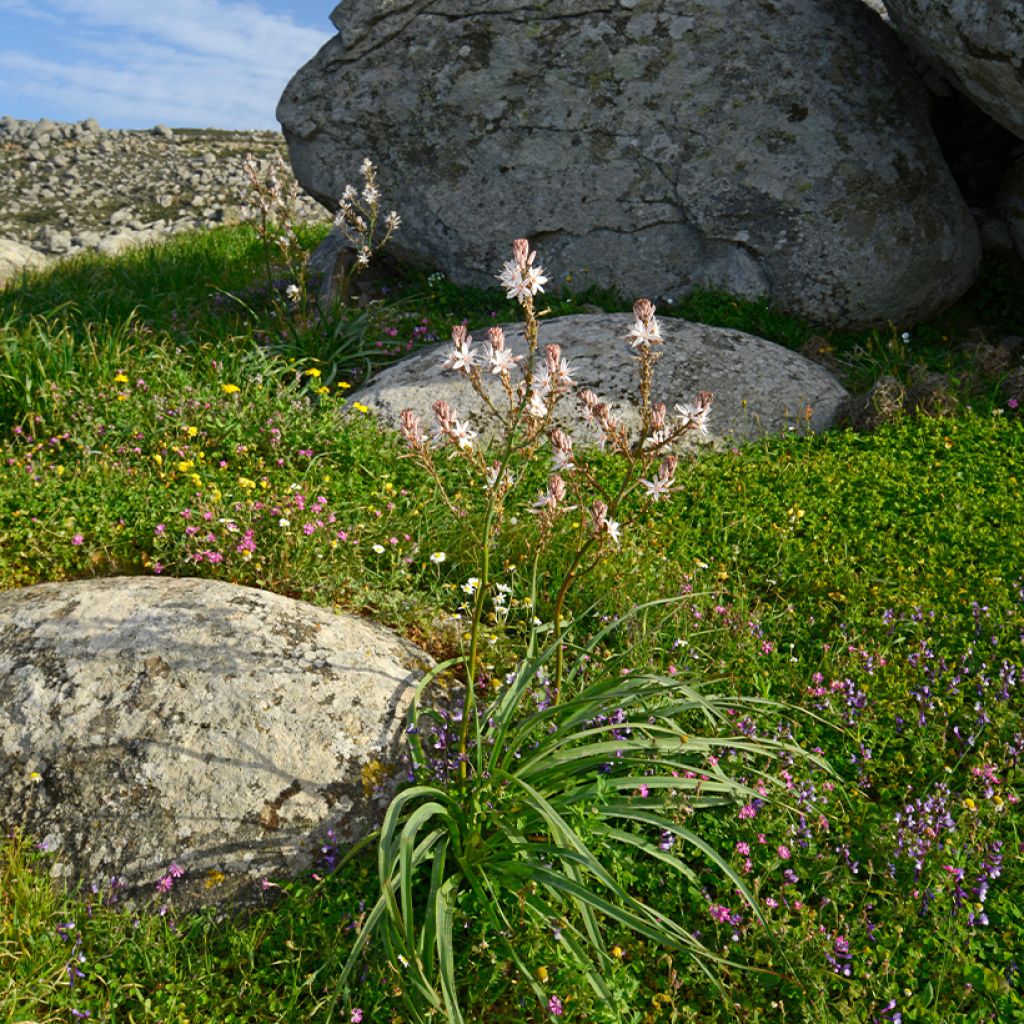

Asphodelus ramosus
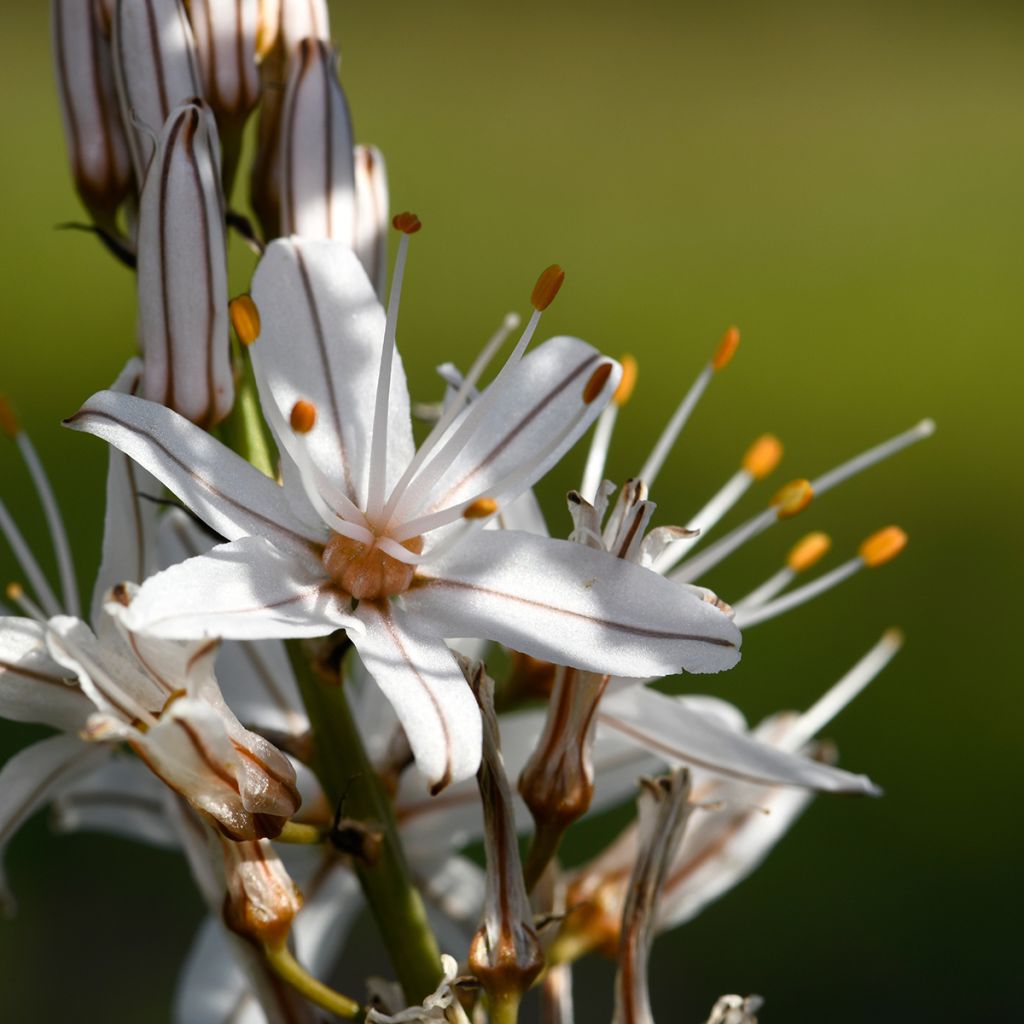

Asphodelus ramosus
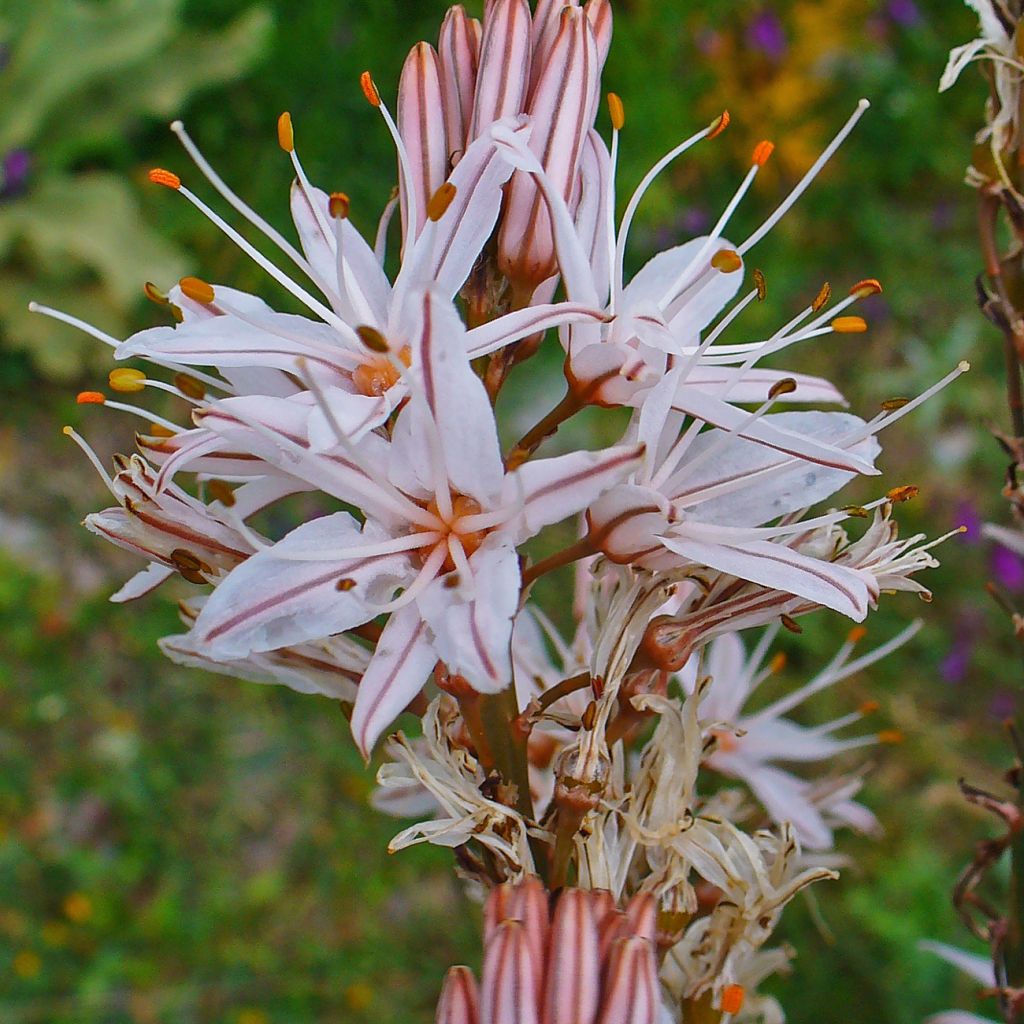

Asphodelus ramosus
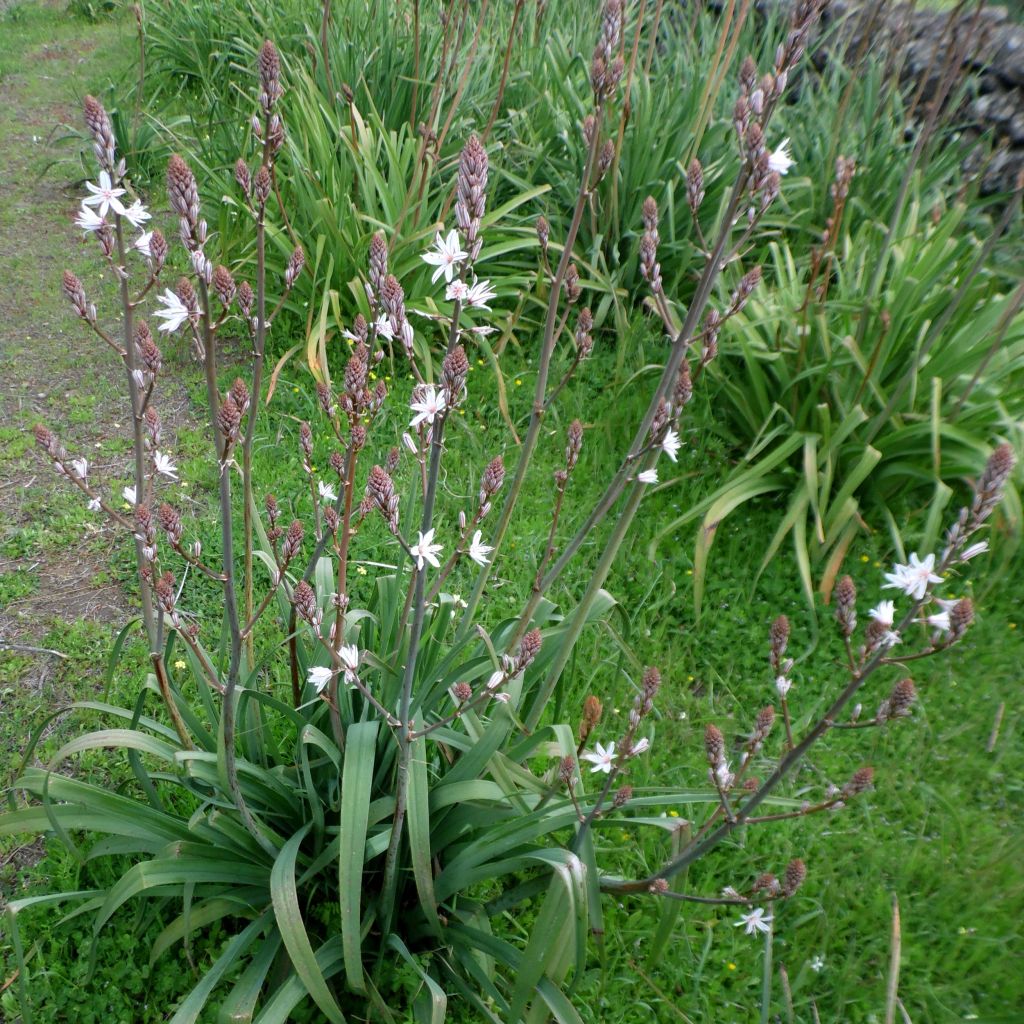

Asphodelus ramosus
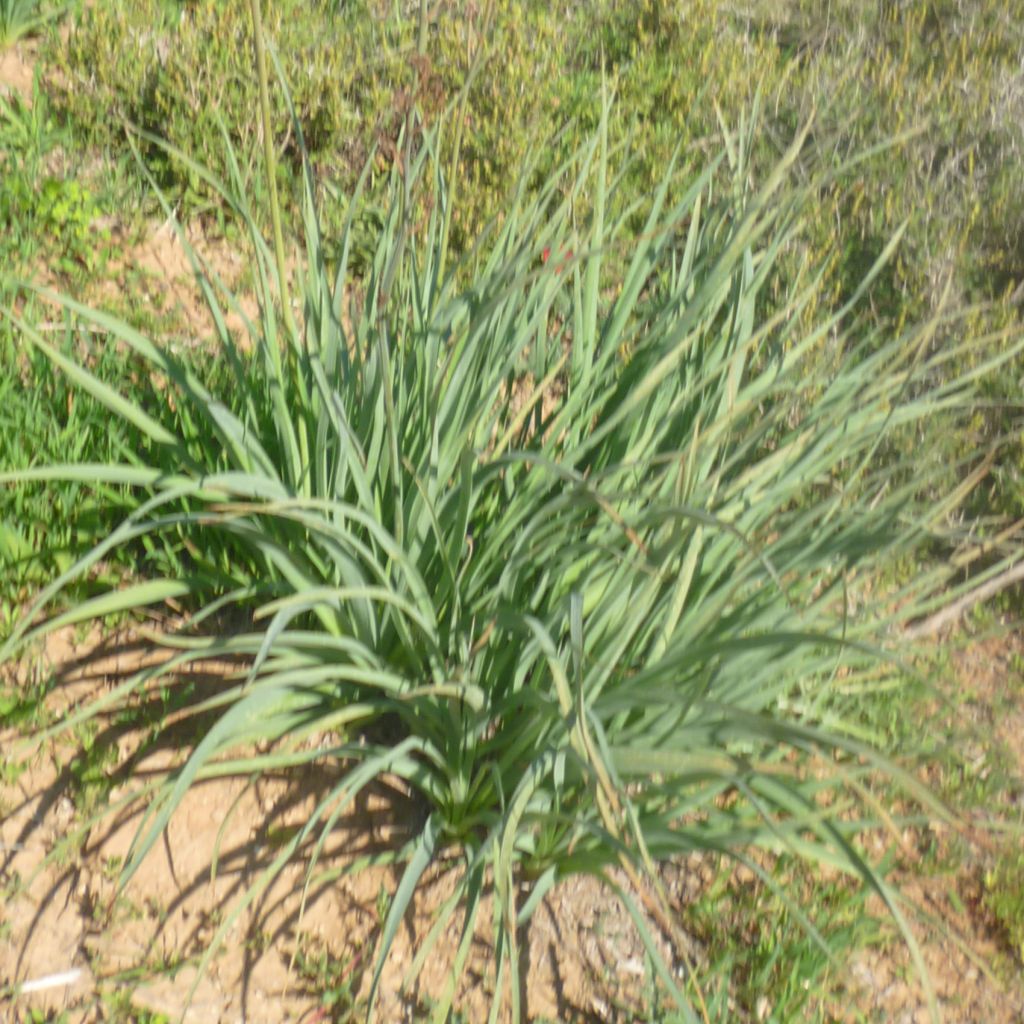

Asphodelus ramosus
Asphodelus ramosus
Asphodelus ramosus
Branched Asphodel, Branching Asphodel, King's Spear, Silver Rod, Poor Man's Eremurus
Special offer!
Receive a €20 voucher for any order over €90 (excluding delivery costs, credit notes, and plastic-free options)!
1- Add your favorite plants to your cart.
2- Once you have reached €90, confirm your order (you can even choose the delivery date!).
3- As soon as your order is shipped, you will receive an email containing your voucher code, valid for 3 months (90 days).
Your voucher is unique and can only be used once, for any order with a minimum value of €20, excluding delivery costs.
Can be combined with other current offers, non-divisible and non-refundable.
Why not try an alternative variety in stock?
View all →This plant carries a 12 months recovery warranty
More information
We guarantee the quality of our plants for a full growing cycle, and will replace at our expense any plant that fails to recover under normal climatic and planting conditions.
Does this plant fit my garden?
Set up your Plantfit profile →
Description
Asphodelus ramosus, also known as Asphodelus albus subsp. microcarpus or Branched Asphodel, is undoubtedly one of the most decorative species in the genus, as it forms a clump that can become imposing, and blooms abundantly in spring. Its strong, ramified stems are adorned with numerous star-shaped, white flowers delicately veined with green. They emerge from a rosette of narrow, leathery, grey-blue leaves that are deciduous after flowering. This robust and hardy perennial, which can withstand temperatures as low as -12/-15 °C (10.4/5 °F), thrives in poor, well-drained soil (even calcareous soil that is very dry in summer), and tolerates sea spray well.
Branched Asphodel resembles White Asphodel (Asphodelus albus), but is mainly distinguished by its branched stems. This genus includes about 12 species of perennials and annuals grouped in the Asphodelaceae (liliaceae) family. This botanical species, which is undemanding in terms of soil type, is a robust perennial plant with tuberous roots, native to the Mediterranean basin, particularly its western part.
The plant emerges from the ground in autumn as soon as the rains return, in the form of long, narrow, gutter-shaped, bluish-green leaves, gathered in a basal tuft 30 cm (12 in) high, which can reach 50 cm (20 in) over time. Flowering takes place from April to June, or a little earlier in mild and warm climates. A very tall, thick, and bushy stem slowly emerges from the heart of the rosette, initially in the form of a large brown bud. As it elongates, this bud becomes adorned with black and white stripes, until it reaches a height of 80 cm (32 in) to 1 m (3 ft). At this stage, the leaves spread out on the ground. The inflorescence is a very dense terminal spike. The small flowers are 4 cm (2 in) wide stars, with 6 white petals adorned with a green or brown midline and long stamens crowned with brown anthers. Flowering begins at the bottom of the spike and continues for over a month up to the tip of the stem, with the lower flowers withering as the others bloom. Note that asphodels generally bloom every two years. The remarkably honey-rich flowers are followed by the production of a large quantity of small round and brown fruits filled with easily germinating seeds. This plant does not appreciate its fleshy tubers being disturbed.
Branched Asphodel is also known as Silver Rod or King's Spear, but one could, if feeling more poetic, call it a "crystal torch"; you may have already come across it in nature forming a meadow where dazzling large "candles" light up like ancient lighthouses in a desolate landscape that is sometimes steppe-like and often rocky and rugged. This is often enough to convince enthusiasts of somewhat exotic-looking plants to want to adopt it in the garden, which is not difficult in well-drained soil. On a large limestone slope, it will accompany all dry-land plants: lavender, rosemary, Euphorbia characias, rockroses, Perovskia, escallonias, valerian and many others. In acidic and poor soil, it can be associated with shrubby heathers, Lithodora, or evergreen ceanothus.
Asphodels have long been associated with death. An ancient tradition was to place bouquets of asphodels on the graves of the deceased. The origin of this custom can be traced back to Greek mythology: a region of the underworld was called 'the meadow of asphodels' or 'the plain of asphodels', and it was here that welcomed the ghostly souls of the dead.
Asphodelus ramosus in pictures


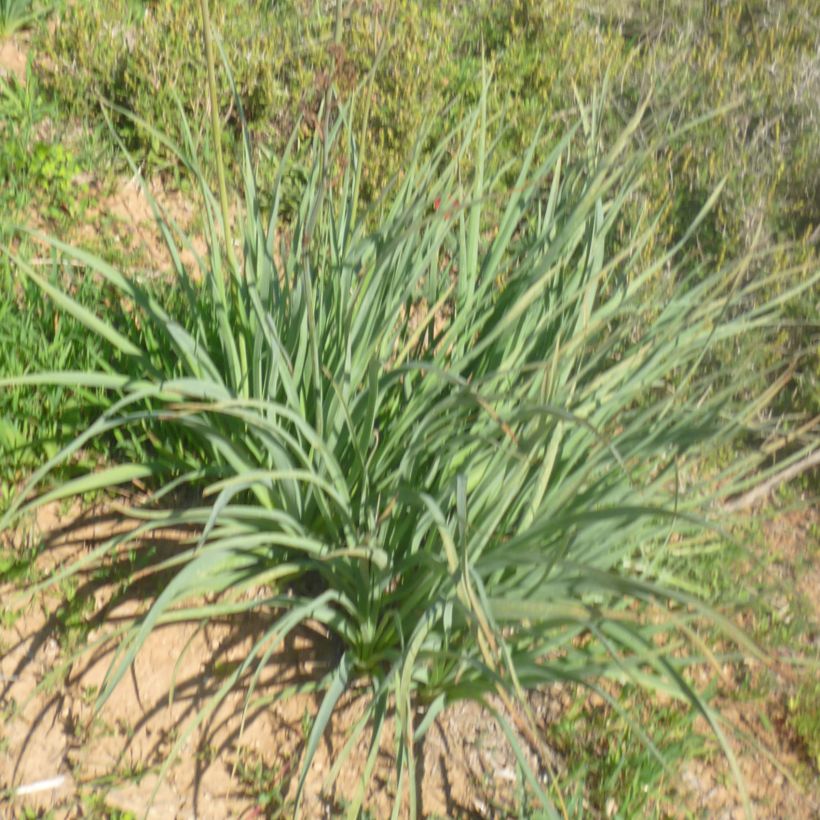



Flowering
Foliage
Plant habit
Botanical data
Asphodelus
ramosus
Asphodelaceae
Branched Asphodel, Branching Asphodel, King's Spear, Silver Rod, Poor Man's Eremurus
Asphodelus albus subsp. microcarpus)
Mediterranean
Other Perennials A to Z
View all →Planting and care
This small-fruited Asphodel grows spontaneously on rather acidic soils degraded by fire or repeated grazing, but it also tolerates limestone very well. This vine-plant, linked to fire ecology, resists it very well and takes the place of destroyed plants. This Asphodel is very accommodating to the nature of the soil and accepts both limestone and sandy or clayey soils, as long as they are properly drained and well loosened, as it particularly fears waterlogged soils in winter. Its roots also settle in rocky soils. It is preferably planted in the sun, in a well-cleared and even windy location. This hardy plant is particularly resistant to summer drought. It is planted in perennial beds, gravel gardens, and seaside gardens. Remove faded flowers if you want to avoid spontaneous sowing.
Planting period
Intended location
Care
Planting & care advice
This item has not been reviewed yet - be the first to leave a review about it.
Haven't found what you were looking for?
Hardiness is the lowest winter temperature a plant can endure without suffering serious damage or even dying. However, hardiness is affected by location (a sheltered area, such as a patio), protection (winter cover) and soil type (hardiness is improved by well-drained soil).

Photo Sharing Terms & Conditions
In order to encourage gardeners to interact and share their experiences, Promesse de fleurs offers various media enabling content to be uploaded onto its Site - in particular via the ‘Photo sharing’ module.
The User agrees to refrain from:
- Posting any content that is illegal, prejudicial, insulting, racist, inciteful to hatred, revisionist, contrary to public decency, that infringes on privacy or on the privacy rights of third parties, in particular the publicity rights of persons and goods, intellectual property rights, or the right to privacy.
- Submitting content on behalf of a third party;
- Impersonate the identity of a third party and/or publish any personal information about a third party;
In general, the User undertakes to refrain from any unethical behaviour.
All Content (in particular text, comments, files, images, photos, videos, creative works, etc.), which may be subject to property or intellectual property rights, image or other private rights, shall remain the property of the User, subject to the limited rights granted by the terms of the licence granted by Promesse de fleurs as stated below. Users are at liberty to publish or not to publish such Content on the Site, notably via the ‘Photo Sharing’ facility, and accept that this Content shall be made public and freely accessible, notably on the Internet.
Users further acknowledge, undertake to have ,and guarantee that they hold all necessary rights and permissions to publish such material on the Site, in particular with regard to the legislation in force pertaining to any privacy, property, intellectual property, image, or contractual rights, or rights of any other nature. By publishing such Content on the Site, Users acknowledge accepting full liability as publishers of the Content within the meaning of the law, and grant Promesse de fleurs, free of charge, an inclusive, worldwide licence for the said Content for the entire duration of its publication, including all reproduction, representation, up/downloading, displaying, performing, transmission, and storage rights.
Users also grant permission for their name to be linked to the Content and accept that this link may not always be made available.
By engaging in posting material, Users consent to their Content becoming automatically accessible on the Internet, in particular on other sites and/or blogs and/or web pages of the Promesse de fleurs site, including in particular social pages and the Promesse de fleurs catalogue.
Users may secure the removal of entrusted content free of charge by issuing a simple request via our contact form.
The flowering period indicated on our website applies to countries and regions located in USDA zone 8 (France, the United Kingdom, Ireland, the Netherlands, etc.)
It will vary according to where you live:
- In zones 9 to 10 (Italy, Spain, Greece, etc.), flowering will occur about 2 to 4 weeks earlier.
- In zones 6 to 7 (Germany, Poland, Slovenia, and lower mountainous regions), flowering will be delayed by 2 to 3 weeks.
- In zone 5 (Central Europe, Scandinavia), blooming will be delayed by 3 to 5 weeks.
In temperate climates, pruning of spring-flowering shrubs (forsythia, spireas, etc.) should be done just after flowering.
Pruning of summer-flowering shrubs (Indian Lilac, Perovskia, etc.) can be done in winter or spring.
In cold regions as well as with frost-sensitive plants, avoid pruning too early when severe frosts may still occur.
The planting period indicated on our website applies to countries and regions located in USDA zone 8 (France, United Kingdom, Ireland, Netherlands).
It will vary according to where you live:
- In Mediterranean zones (Marseille, Madrid, Milan, etc.), autumn and winter are the best planting periods.
- In continental zones (Strasbourg, Munich, Vienna, etc.), delay planting by 2 to 3 weeks in spring and bring it forward by 2 to 4 weeks in autumn.
- In mountainous regions (the Alps, Pyrenees, Carpathians, etc.), it is best to plant in late spring (May-June) or late summer (August-September).
The harvesting period indicated on our website applies to countries and regions in USDA zone 8 (France, England, Ireland, the Netherlands).
In colder areas (Scandinavia, Poland, Austria...) fruit and vegetable harvests are likely to be delayed by 3-4 weeks.
In warmer areas (Italy, Spain, Greece, etc.), harvesting will probably take place earlier, depending on weather conditions.
The sowing periods indicated on our website apply to countries and regions within USDA Zone 8 (France, UK, Ireland, Netherlands).
In colder areas (Scandinavia, Poland, Austria...), delay any outdoor sowing by 3-4 weeks, or sow under glass.
In warmer climes (Italy, Spain, Greece, etc.), bring outdoor sowing forward by a few weeks.




































